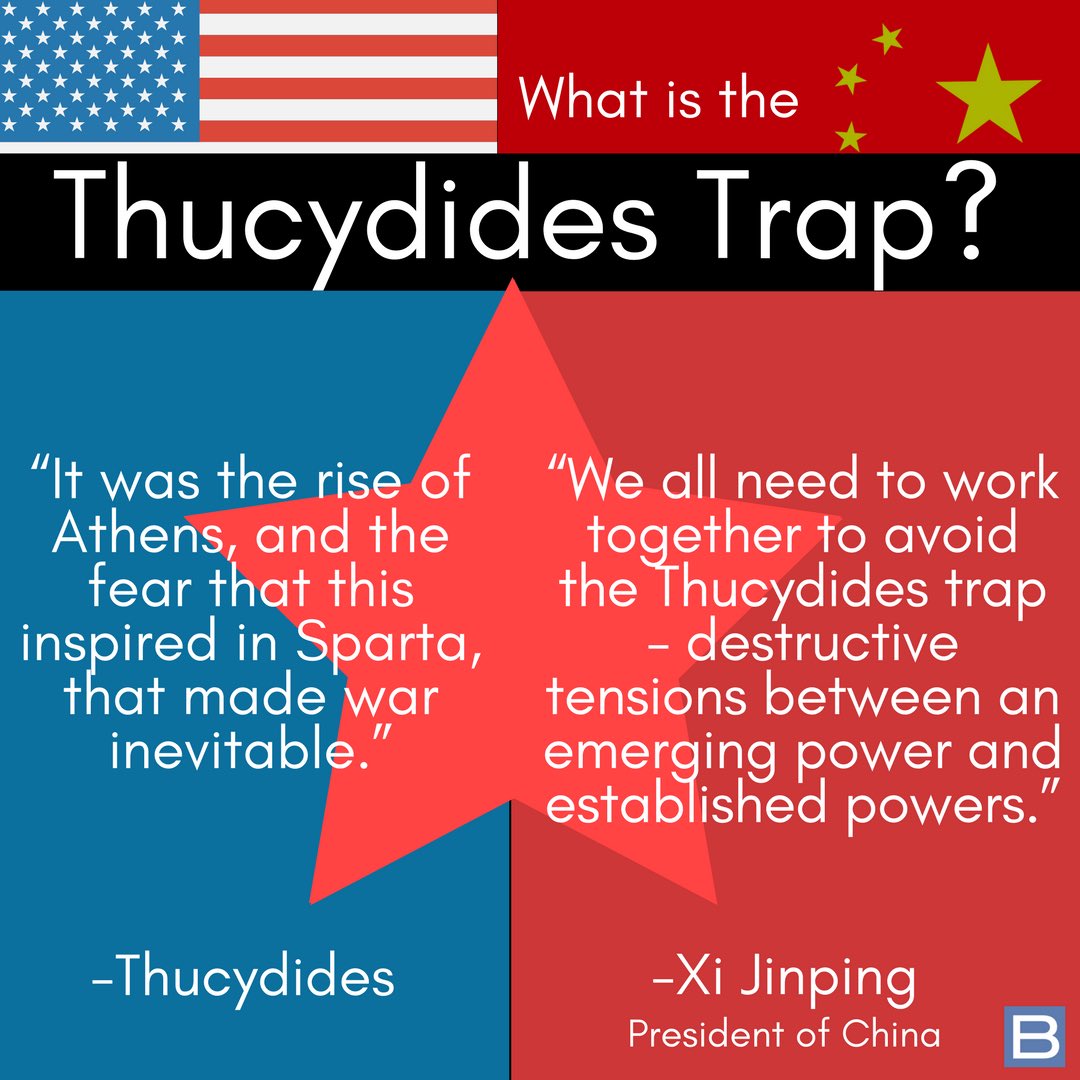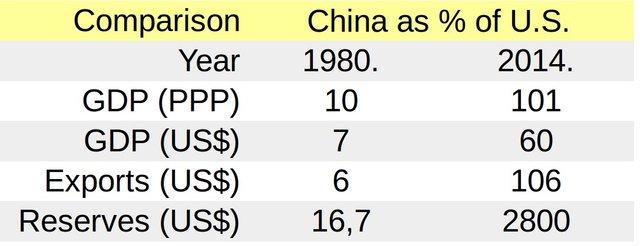Fasten your seat belts on D-Street: Major horse trading ahead post May 23
As per my assessment, the post-poll scenario will be dictated by regional parties. ...... the post-poll scenario will be dictated by regional parties that will climb back to the pre-2014 situation with 223-225 seats. Regional parties belonging to the NDA will likely see a downdraft from 54 to 25-30 seats along with the declining vote and seat share of the BJP. ...... my estimate is that BJP’s tally will be around 170-180, down from 282 in 2014 and Congress’ may rise to 140-150, which will be phenomenal from 44 in 2014. At these levels, the Congress could be back to its 2004 tally of 145 when UPA-1 government came to power after overturning the ‘India Shining’ narrative of the Vajpayee-led NDA government. Hence, the NDA score could be around 210 seats, down from 336 in 2014
....... a sub-200 tally for the BJP is a realistic projection, in my view, and this will restrict the NDA tally to around 200-220.
How Goes the Trade War? by Paul Krugman Donald Trump ... provided us with many iconic quotations .... extremely clear examples of bad ideas........ foreigners paid none of the bill, U.S. companies and consumers paid all of it. And the losses to U.S. consumers exceeded the revenue from the new tariffs, so the tariffs made America poorer overall...... These price hikes led to substantial changes in behavior. Imports of the tariffed items fell sharply, partly because consumers turned to domestic products, but also in large part because importers shifted their sourcing to countries that aren’t currently facing Trump tariffs. For example, a number of companies already seem to have begun buying goods they previously bought from China from Vietnam or Mexico instead........... Consider the following example: pre-tariff, the U.S. imports some good from China that costs $100. Then the Trump administration imposes a 25% tariff, raising the price to consumers to $125. If we just keep importing that good from China, consumers lose $25 per unit purchased – but the government raises an extra $25 in taxes, leaving overall national income unchanged.......... Suppose, however, that importers shift to a more expensive source that isn’t subject to the tariff; suppose, for example, that they can buy the good from Vietnam for $115. Then consumers only lose $15 – but there is no tariff revenue, so that $15 is a loss for the nation as a whole........... But what if they turn to a domestic supplier – say, a U.S. company that will sell the product for $120. How does this change the story? ......... Here the crucial thing is that producing a good domestically has an opportunity cost. The U.S. is near full employment, so the $120 in resources used to produce that good could and would have been employed producing something else in the absence of the tariff. Diverting them into producing what we used to import means a net loss of $20, with no revenue offset. ....... in practice any manufacturing jobs added by the Trump tariffs are probably offset by losses of other manufacturing jobs. ........ most of the tariffs are on intermediate goods – inputs into production, so that job gains in, say, steel are offset by losses in autos and other downstream sectors. Beyond that, the tariffs have probably contributed to a rising dollar, which makes U.S. exports less competitive.







.jpg?itok=BtsavwoJ)

